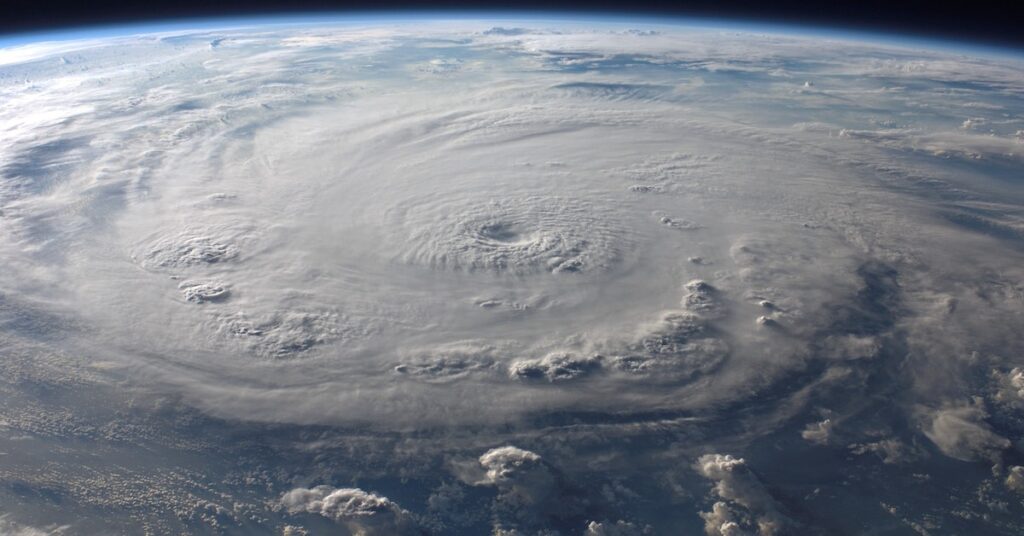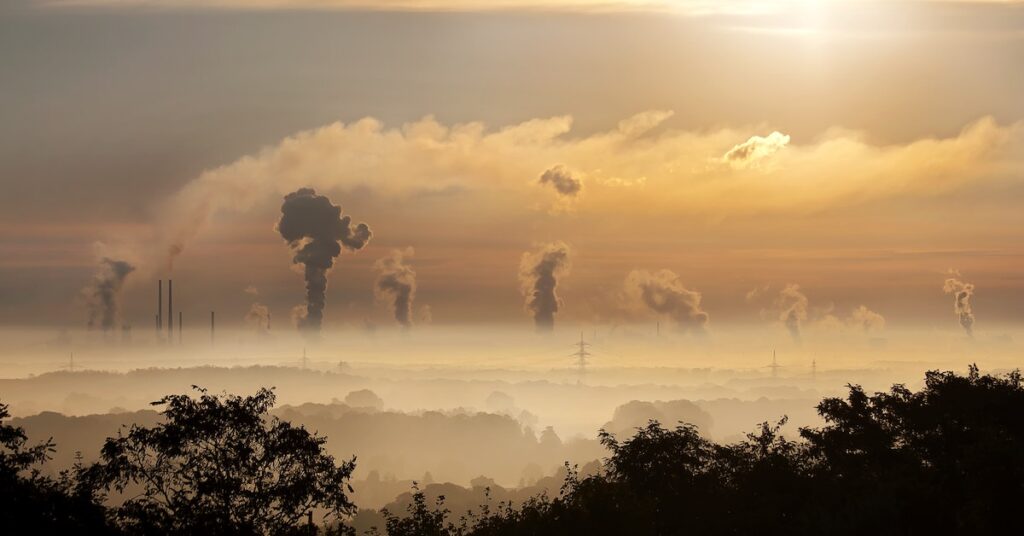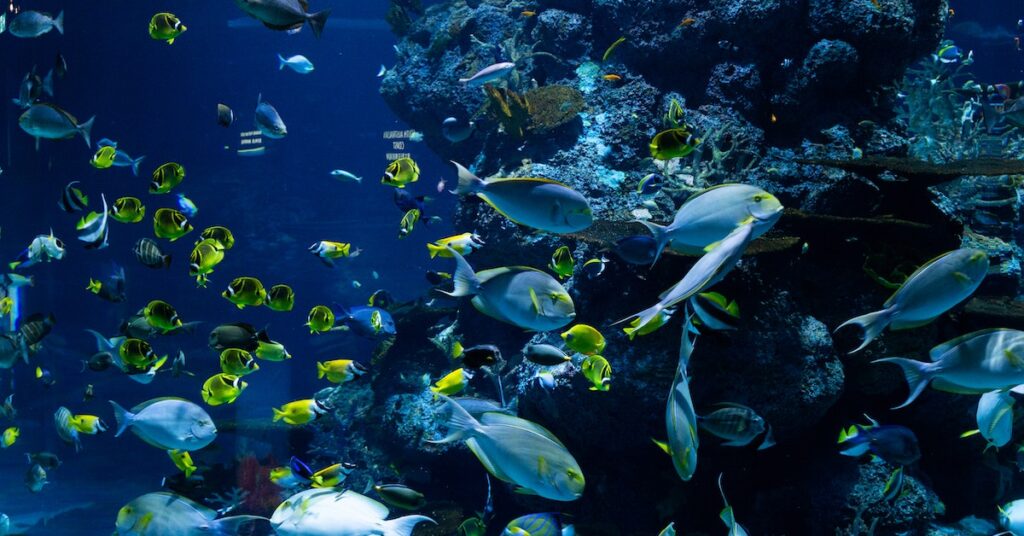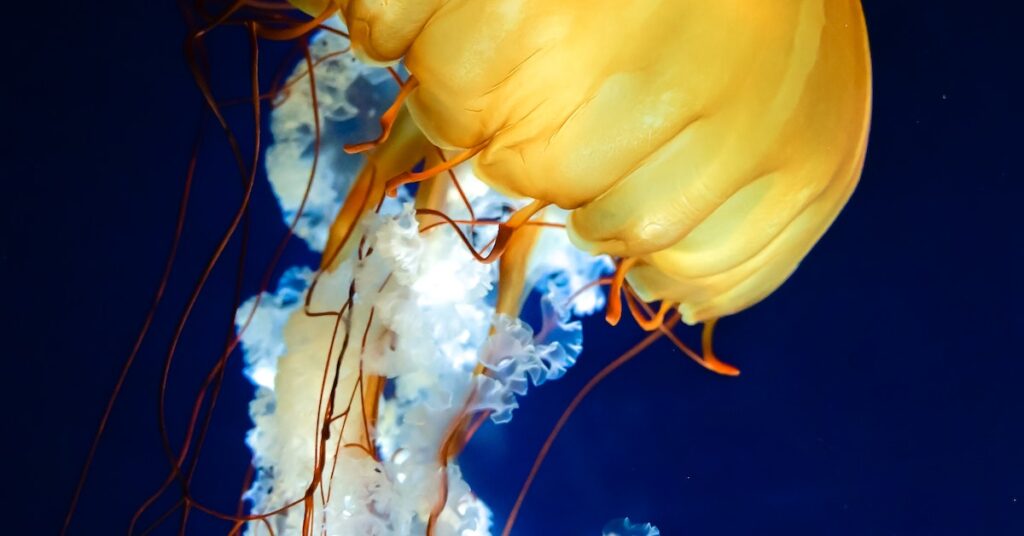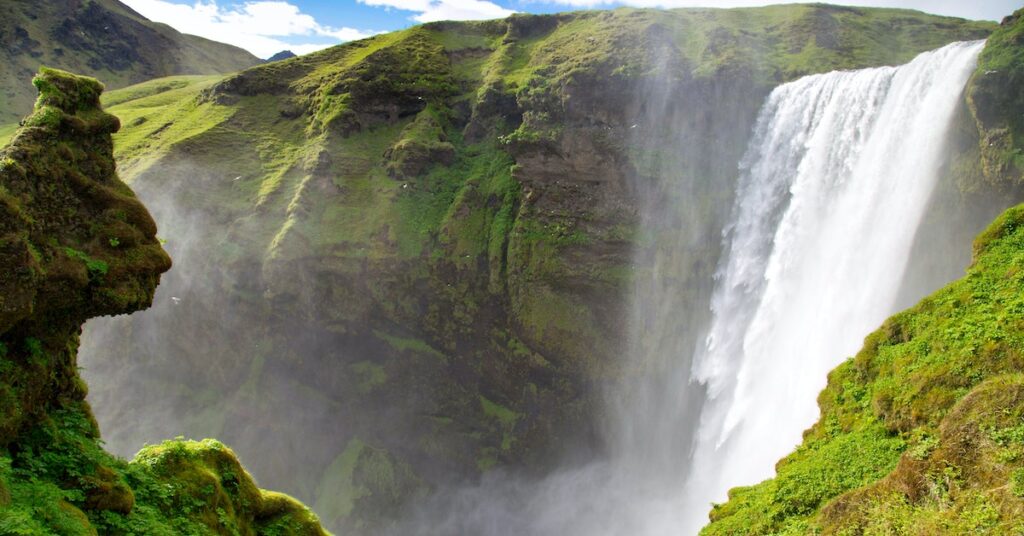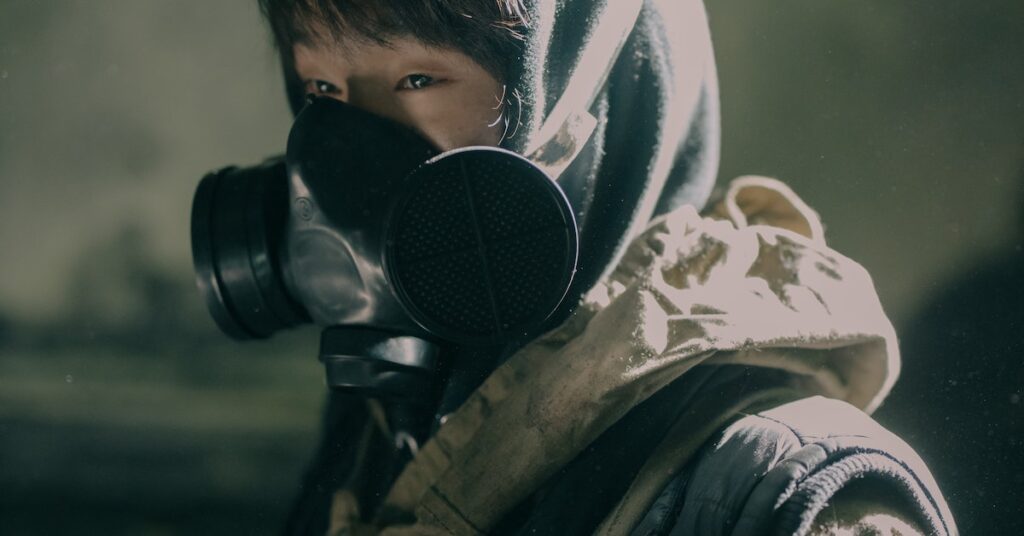There are many layers of the atmosphere. We know about the Exosphere, the Mesosphere, the Tropopause and the Tropospheric layer. However, many of us are not aware of the details of these layers and do not know how they work. Here are some facts about these layers. So, you can understand how they work better. You can also learn about their different functions. Read on to find out more.
Exosphere
The Exosphere is the outermost layer of the atmosphere. It is the layer where atoms escape from the atmosphere. The temperature of the exosphere can drop to minus 2000 degrees Celsius, but it is influenced by solar variability. The temperature of the exosphere increases as the height increases. The exosphere is the coldest layer of the atmosphere, so it is important to know about the temperature of the outer atmosphere.
The thermosphere is located within the upper atmosphere. It extends upward to around 53 miles or 85 km, and its temperature increases with altitude. The upper parts of the thermosphere are very hot because of solar radiation. The air in this layer is extremely thin and can feel very cold. It is the outermost layer of the atmosphere, and it blends in with outer space. This is the layer where auroras can occur.
High-velocity atoms have a longer residence time in the exosphere than low-velocity atoms. The solar radiation pressure pushes the atoms antisunward, forming a comet-like tail. The atoms in the tail will then escape the planet unless they are affected by another process known as ionization. The first process releases electrons, and the second removes them.
The mesosphere is located between fifty and eighty kilometers above the surface of the Earth. Temperatures in the mesosphere are low, with the highest temperatures occurring at the poles. It has been jocularly called the ionosphere. The stratosphere and mesosphere are sometimes referred to as the middle atmosphere. The mesosphere is the coolest layer of the atmosphere.
Mesosphere
The mesosphere is the third layer of the atmosphere, located between 50 and 80 km above the Earth’s surface. It is separated from the troposphere by a gap called mesopause. As we move higher, the number of molecules in the mesosphere decreases, so there is less heat to absorb. As a result, this layer is colder than the lower parts of the atmosphere.
The upper mesosphere can be as cold as minus 148 degrees F. The temperature varies depending on the season and latitude. It is important to understand the properties of the mesosphere. Every day, millions of meteors burn up in the mesosphere due to collisions with gas particles. The collisions create enough heat to vaporize the meteors, and the resulting iron concentration is high enough to burn the meteors. This layer of the atmosphere protects us from falling meteors and other debris.
The lower mantle is the lowest layer of the atmosphere. It makes up about 56% of Earth’s mass and is located between the outer core and the transition zone. The atmosphere provides protection to life on Earth by preventing extreme day and night temperatures. It also regulates the temperature on Earth and drives weather patterns. This is the most important layer of the atmosphere. It is the coldest layer, so it is crucial that we learn more about it.
The uppermost layer is the stratosphere. This layer is located between the equator and the poles and extends from four miles to about six kilometers. The height of the stratosphere varies greatly from region to region. It is colder in the equatorial regions than in the stratosphere. The tops of cumulonimbus clouds are an indication of the stratosphere.
Tropopause
The coldest layer of the atmosphere is called tropopause. It is the lowest layer of the atmosphere, containing about 75 percent of the total air. Most of this air is water vapour, which forms clouds and rain. The pressure of air in the lower atmosphere decreases as it moves upward. When air parcels move upward, they expand, cooling the air below. The higher the tropopause, the colder the air above.
The upper layer of the atmosphere is called the stratosphere. The temperature in this layer rises with increasing altitude, as heat is trapped by ozone molecules. The stratosphere’s temperature increases with increasing altitude, while the temperatures of the lower layer start to drop. At the boundary between the stratosphere and troposphere is the tropopause. As the temperatures of the two layers rise, they become colder.
The stratosphere is the upper layer of the atmosphere, which extends to 50 km. The stratosphere is the second layer above the tropopause and is about eight kilometers high. The stratosphere is eight kilometers high, so temperatures in the lower part of the stratosphere fall below the tropopause. The tropopause can be as cold as -80 deg C! Only in the Antarctic can we find such low temperatures.
The mesosphere is the next layer above the stratosphere. It extends to about 85 kilometers above the Earth’s surface. The mesosphere is the coldest layer of the atmosphere, and its temperature is around -90 degC. Atmospheric temperatures in this layer are so cold that meteors burn up when they pass through. Interestingly, the upper boundary of the mesosphere is called mesopause.
Tropospheric layer
The troposphere consists of the lower 10 km of the atmosphere. The temperature of the air descends from the surface of the Earth at a slope of 10 K km -1 during the daytime and 7 K km -1 during the night. This colder layer of the atmosphere is responsible for cold winters and hot summers. The temperature at the surface can be as low as 100 m below freezing during the night.
The next layer of the atmosphere is called the stratosphere. This layer extends from four to twelve miles or six to twenty kilometers above the Earth’s surface. Most commercial aircraft fly in the stratosphere, which is characterized by warmer air at the top and cooler air at the bottom. The stratosphere’s bottom layer prevents convection from occurring, but clouds called cumulonimbus are easily spotted by their anvil-shaped tops.
The thermosphere, located 31 miles above the Earth’s surface, is the coldest part of the atmosphere. It is also the layer where the sun’s UV radiation strikes the planet. This radiation, which is harmful to live organisms, is absorbed by ozone molecules, which then emit infrared radiation that warms the rest of the atmosphere. During the summer, the stratosphere also experiences strong solar radiation.
The temperature of the stratosphere increases as one rise in altitude. The stratosphere contains much of the ozone in the atmosphere. Ozone protects us from damaging ultraviolet rays that cause skin cancer and other health problems. However, human activity has reduced the ozone layer in the stratosphere, leading to the Antarctic ozone hole. It is also possible that the sun’s UV radiation is absorbed by the ozone layer, reducing the ozone’s protective effect.
Ozone layer
Ozone is found in the stratosphere and troposphere, the two coldest layers of the atmosphere. The layer’s main purpose is to protect life on Earth from harmful ultraviolet (UV) radiation. UV rays can cause skin cancer and damage plants, including phytoplankton, the base of the ocean’s food chain. The ozone hole that formed on September 11, 2014 in Antarctica reached a single-day maximum size, estimated to cover 9.3 million square miles or 24 million square kilometers.
The lower atmosphere is made up of five layers, each with its own characteristics. The lowermost layer, the troposphere, is seven to fifteen kilometers above the Earth’s surface. The layer is thickest near the equator and thinnest at the North and South Poles. Approximately seventy percent of the mass of the atmosphere is found in the troposphere, which is responsible for most of the Earth’s clouds. Temperatures are lower in the troposphere, as the pressure is below sea level.
The ozone layer is made of chlorine, which is released from decaying CFCs. Free chlorine atoms are released from these gases in a chemical reaction inside of a cloud that forms at low temperatures. The coldest layer of the atmosphere is the ozone layer, and this layer protects the Earth’s surface from harmful UV rays. Despite the coldest temperatures, the ozone layer is still the coldest layer of the atmosphere.
Ozone causes smog and haze. The most common ozone events are during the summer months, but haze can be present year-round. Further, ozone is responsible for many of the world’s deaths. It contributes to many diseases, and it also causes a host of other problems for humans. The cold layer also causes skin cancer and other skin conditions. In addition to skin cancer, ozone has a major effect on humans.
